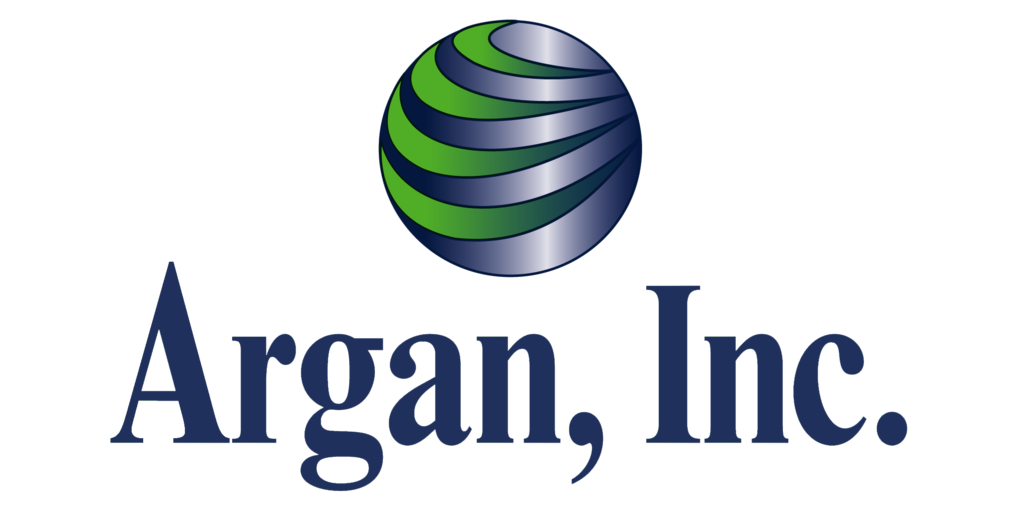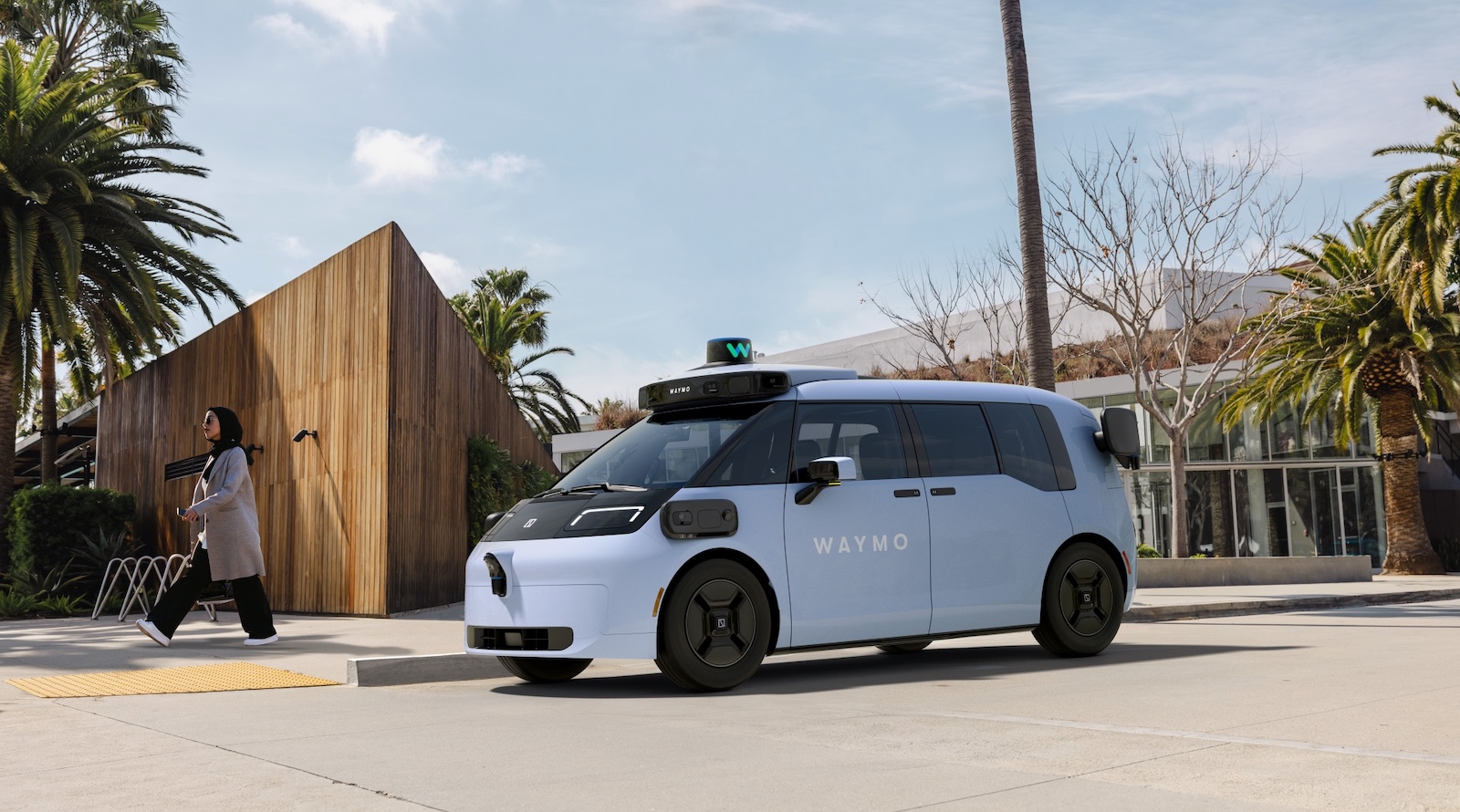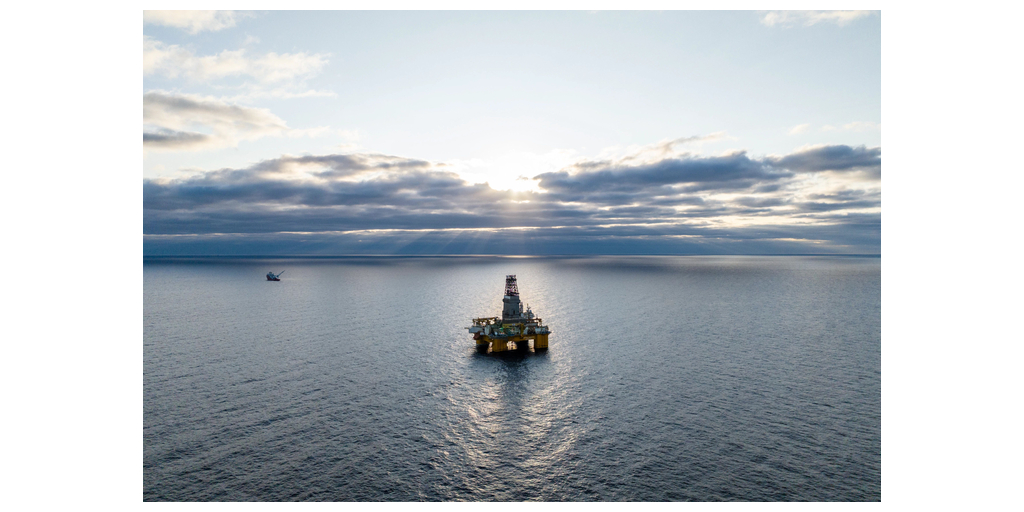Jani Vilenius has his plate full at Sandvik Mining and Rock Solutions. As Director of Research and Technology Development, he is brought into most conversations the business area has about future mining products.
In fact, he even works across the Sandvik Rock Processing business area on occasion, as well as overseeing the design centre in Bangalore, India, which provides “value engineering” across Sandvik Mining and Rock Solutions divisions.
“We coordinate research programs and projects, not products,” Vilenius told IM recently in the company’s newest office in Tampere, Finland. “This may be overseeing the concept machines that we have been producing for several years, as well as technology partnerships with universities.
“We aim to think long term within the Research and Technology Development and Services team, but not too long term as the world is much more agile nowadays than it used to be.”
This means Vilenius’ team has to coordinate all of the activities taking place at the Test Mine in Tampere, provide a ‘steer’ on engineering services and safety processes needed to satisfy today’s and tomorrow’s requirements and regulations, drive cybersecurity and sustainability developments across Sandvik Mining and Rock Solutions in the R&D phase, plus integrate the thinking between the rapidly-expanding Digital Mining Technologies division within Sandvik Mining and Rock Solutions and the R&D team.
And, as of a month ago, his team also coordinates testing at the new Surface Test Pit: a new surface mining test bed being developed 40 km northwest of the underground test mine.
This is all underwritten by the strategic priorities across the business area he primarily works in, as well as the Sandvik group goal of ensuring 25% of revenue comes from products that are less than five-years-old.
To tackle these tasks, he has a sandbox (soon to be two) that all equipment providers would like to have.
The Test Mine in Tampere comes with 6 km of tunnels at a depth of 40 m, with potential to expand further. Positioned beside a glass factory and close to the company’s rock drills factory, this test mine offers the company and its customers everything they need to make strategic business decisions in an environment that can, for instance, replicate the heat and humidity of a deep underground mine in South Africa, as well as the biggest and widest mine galleries the industry has on offer.

This facility – which has everything your typical underground mine has except a daily throughput target – allows the company to run all its underground drills through a rigorous testing procedure prior to customer dispatch. It also allows the various divisions under the business area a chance to test out prototypes, applications and products from time to time.
For the concept machines Sandvik is becoming renowned for, the test mine acts as a place to validate conceptual thinking in a real-life environment, helping engage customers in detailed discussions as to what on-board and off-board technology elements would provide the greatest value to their operations in the near-, medium- and long-term.
The aim is to replicate this process on surface with the Surface Test Pit, providing the catalyst the company needs to reach its ambitious surface drilling market goals over the next several years.
IM sat down with Vilenius to find out how he coordinates all this R&D work, and how day-to-day testing works from a practical perspective.
IM: I imagine your department is inundated with requests from various business lines when it comes to testing. How do you go about prioritising these requests and turning them into an easy-to-follow roadmap that can lead to commercial solutions?
JV: I’ll answer that by taking a step back.
We have a technology focus built on supporting both Sandvik Mining and Rock Solutions and Sandvik group strategy. We then have roadmap items where we try to leverage technologies across many applications. These technology platforms are not always 100% suitable for both surface and underground mining, but there are elements that have similarities. For example, our latest electric concept surface rig uses the same thinking and philosophy used on other concept machines for underground. Of course, there are new elements included, but the platform thinking remains in place.

Based on this, we have different forums and conversations with the divisions and the R&D heads, discussing together where we need to put the focus in terms of testing. There are, of course, differences in sizes of the division with those who invest a bit more in R&D entitled to more access, but we also have to remain strategic about how to capture the market attention within Sandvik Mining and Rock Solutions; knowing when and what to launch, as well as what developments will allow us to achieve the required technology momentum to support both our own internal goals and the goals set by our customers.
With all these technology developments – projects, concept machines, theoretical testing – there needs to be a value proposition. For the concept machines, for instance, there is value from a marketing perspective to showcase Sandvik as a technology leader, but there is also the value of engaging with customers in conversations that, through the actual machine development, allow them to comprehend what the technology may mean for them on a practical operational level.
This rapid agility – which I would say is unique to Sandvik – means we can receive valuable customer feedback on these concept machines before we commercialise certain elements. It allows us to effectively manage risk in a market calling out for technology breakthroughs to solve complex challenges.
IM: How many tests/trials can you have going on at the same time at the Test Mine?
JV: It varies. All underground drill products are tested there before they go out to customers, which puts a lot of load on the facility, while ensuring that when customers get these units, they have been run in an environment similar to a real-life mining operation.
Then we have new prototypes not under my remit that are tested ahead of becoming ‘products’, for example in underground drilling. Then, we have several technologies we test on a daily basis with different types of test benches and subsystems.
The reality is that we would not be as agile as we are without this test mine. It is not easy to go to a customer site and get permission to test equipment as it can negatively impact their (the customer’s) production. The ability to test at our own facility gives us a layer of comfort and confidence ahead of getting to the customer site.
We cannot try or test every application in our test mine, but those scenarios we do test provide real value.
IM: Are there plans to expand the test mine further?
JV: We have a roadmap for our test mine, but this is determined with a cost versus value equation. We don’t want to have empty tunnels without testing going on regularly.
We have all the opportunities to have a third, fourth and fifth level at the Test Mine. We have, for example, recently expanded into a new area to support our underground drill products to allow testing for that. This is a function of the offering getting wider and the need to expand the tunnels to make sure the new products receive the same testing opportunities as the existing ones.
We have expansion plans focused on automation and electrification too.
IM: Speaking of automation, is fully automated (without any personnel involved) battery swapping one of the ongoing projects you are working on?
JV: I can say we have some ideas on this. It is a topic that needs addressing and discussing as automation is coming on all our equipment and all processes in the future.
Fully automated battery swapping testing is, of course, part of the roadmap.

IM: I also understand that your team originally came up with the MineGame tool for modelling battery-electric equipment fleets and infrastructure. What was this designed for?
JV: Yes, this is a tool we needed to develop to support fleet-wide electrification. It is not designed to recommend the type of machine you will get; it is more about how you implement the many electric machines in the mine, what impact this has on infrastructure, how many tonnes we can get out of different fleets, etc.
This modelling tool gives comfort to customers about the value proposition of fleet-wide electrification, while also showcasing how new, developing technologies can be implemented in greenfield and brownfield mines.
This tool – on top of those from Deswik and Polymathian within the Digital Mining Technologies division – will be a game changer for us.
IM: What about the interaction of manual and autonomous equipment? Is this something you are already testing at the Test Mine?
JV: This is an ongoing requirement from customers, who look to always alleviate production stoppages.
It is not an easy challenge to address though. Everyone knows we want to get safe systems in place with a mixed fleet as not all machines are currently automated.
There is obviously a value case for this, and the Test Mine is a good place to test it out.
All I can conclude with is to say we have many tests going on in the Test Mine…

IM: A cheeky question, I know…What will be the next concept vehicle? You’ve set yourself a big challenge with bringing one of these out every year. How are you keeping up with this?
JV: We have smaller concepts, and we have bigger concepts on the table. We need to ensure we develop the technology to get those concepts done in a timely manner and in a way that, as I keep saying, provides value.
Maybe the next one coming out will be one of those smaller concepts.
Then, of course, we have wild ideas for underground equipment further down the line.
IM: The Digital Mining Technologies division is becoming a much bigger part of SMR. Do you see a point where you will start using the day-to-day data coming off sensors on your machines to revamp existing machine designs and come up with new machines?
JV: Yes, this is mandatory for us to do at some point in time. Integrating data from the field and systems into the engineering process is a tried and tested policy in many industries – some of which Sandvik are serving – so we need to do that more in mining.
The big step I foresee on this front is when we truly understand the value of using artificial intelligence in mining. Leveraging these tools will ensure there is a continual optimisation loop that goes throughout our software, hardware and services.




